Much of the time, it doesn't make a huge difference what metering mode the camera is using. If the dynamic range of the scene is fairly "normal"—no extremes of both bright AND dark—then all three modes will meter the scene with pretty similar, sometimes identical, results. Consider the following examples. I'm shooting a mud dauber's nest on my front porch. Behind me, the sun is shining brightly in the front yard, but the porch is entirely shaded and the dynamic range of the scene is pretty limited. Changing the metering mode didn't produce a change in the recommended settings for exposure:
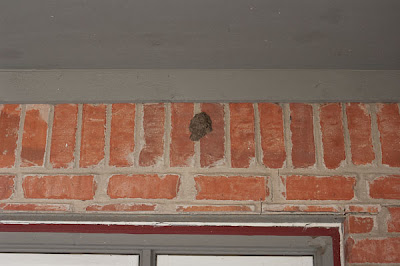
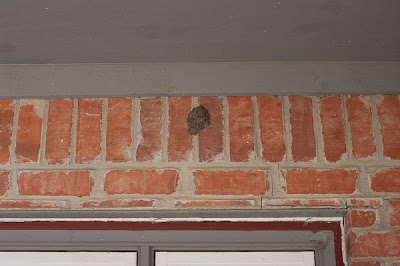
Now, I simply turn around and face the front yard. I'm shooting with my feet in the same spot, just facing the other direction, toward the bright day sky. I focus and meter on a tree in my yard. NOW there's a significant contrast between the bright sky and the darker tree, and the choice of metering mode makes a big difference.
This first shot was taken with matrix metering:
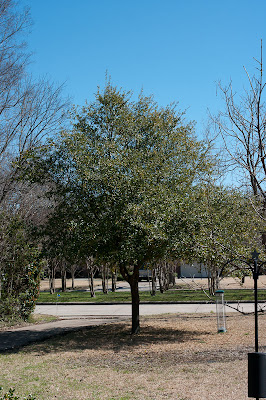
The overall result is pretty good. The sky in particular is a deep blue—bluer than in reality, but it's attractive.
Now, spot metering:
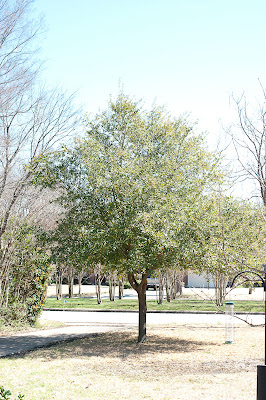
Whoa! Much of the sky is now completely blown out, and even the tree seems overexposed, because it is. The tree is dark. It's supposed to BE dark. But the meter wants to make it middle gray, so it overexposes it. This is clearly no good.
Here's center-weighted metering:

Interestingly, in this scene, center-weighted metering = spot metering, because the center-weighted area is all tree, so expanding the metered area doesn't really make a difference. So this stinks, too.
Of the three shots so far, it's clear that the first one—with matrix metering—is the best right out of the camera, and the one that will most likely be able to be improved in post. The blown highlights in the second and third photos can't be recovered. (I didn't try and some improvement might be possible. But not enough.)
*
But I'm not done.
If you want to make things easy on yourself, shoot in P mode, put the meter into matrix mode, and trust the camera to get things right. It will do an okay job, most of the time. Shooting this way, you'll seldom blow a shot completely, at least as far as the exposure is concerned.
But if you want to learn to do better than okay, then, no matter what metering mode or exposure mode you use, you really have to learn how to LOOK at the scene in front of you and evaluate it in your own head. If I'm shooting in available light (i.e. no flash), I always try to look at the scene and ask myself these questions:
- Is the dynamic range (DR) narrow, "normal" or wide? I don't usually try to calculate the DR in terms of stops. I can guess pretty well, but as a practical matter, the question for me is simply, will the DR fit entirely within the camera's grasp (about 5 stops) or not?
- If the DR is narrow, I simply LOOK to see if the scene is mostly light or mostly dark, and adjust the EC accordingly (for example, +1 for a bright scene, -1 for a dark scene). On the other hand, if the DR is wide—if there are very bright brights AND very dark darks—what part of the scene do I most want to expose properly?
- Once I decide what part of the scene matters most to me in terms of exposure, I also try to guess what its weight is in the scene, that is, is that key area a small part of what I see in the finder (like, say, a small dark bird on a branch surrounded by a lot of bright sky) or is it a large part of the scene (say, a canoe on a lake with trees in the background and some very bright sky occupying a bit of the shot above the trees)?
And then I apply some exposure compensation, as required. If I am shooting in P (or Av or Tv) mode, I dial it in using the +/- button. If I'm in M, as I am most of the time nowadays, I want the meter's exposure reading to show + or - some amount. If you're using an auto-exposure mode (P, Av or Tv), you bias the meter. If you are shooting in M, you bias your reading of the meter. Same result.
Now, I think you HAVE to work this way. The meter is just a tool and you want to use it, rather than vice versa. The reason your brain is so important here is simple: Unlike your brain, the meter has no idea what the hell it's looking at. The meter doesn't know the difference between brightly lit fresh snow and a coal cellar. When you reckon the EC needed to capture the scene correctly, all you're really doing is telling the camera, "This is snow: It's SUPPOSED to be bright white," or "This is a litter of black puppies: they are SUPPOSED to be dark."
Which is what I did when I took the last shot of the boring tree in my boring front yard: I cut the shutter speed in half (from 1/750th sec to 1/350th sec). Here's the result:
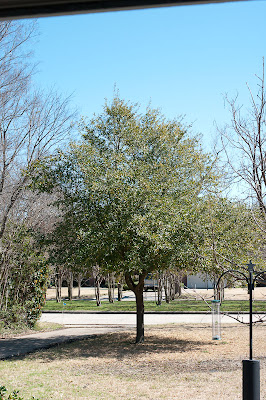
This is the best of the four exposures of the tree. NOTE CAREFULLY that it doesn't LOOK as good right out of the camera as the first one. It looks a bit washed out. That's okay. For one thing, it's a more accurate representation of what I actually saw. Even more important, there are no blown significant highlights here and the exposure is pushed just about to the right edge of the histogram, where I want my raw captures to be. This shot can be processed more effectively than the first one.
*
Using matrix metering is a way of letting the camera do some of the compensating for you. That's why I use matrix most of the time. I still have to look at the scene and think about possible EC one way or the other, but with matrix, the camera has already done some of the balancing for me, so I don't have to adjust quite as much as I would if I were shooting center-weighted and certainly not as much as if I were shooting in spot metering mode. Using my tree examples, I applied 1 stop EC in my reading of the meter for the last matrix metered shot. If I'd been shooting in center-weighted, I'd have had to apply TWO stops EC to achieve the same result, because, if the fourth shot is
right, then the center-weighted result earlier (tree pic #3) was wrong by two stops.
Still, with every shot, I LOOK first, think for a half a second, and then (in M) move my shutter or aperture settings a bit one way or the other so that the meter is where I think it should be. I've never made a study of this, but I will venture to say that, when I shoot in matrix exposure mode, I seldom need to adjust the metered result by more than 1 stop.
And I hasten to add that this particular picture is just one example, and it's one that favors matrix mode (because there's no difference in result here between spot and center-weighted modes). I like matrix. Works for me. But honestly, it doesn't matter, so long as you know what you're doing. A lot of excellent photographers use center-weighted. Perhaps there are a few people out there who use spot metering routinely. Whatever works, is fine.
*
So bottom line, there are two skills here.
First, know what your meter does. If you understand what it's doing, you can probably use any metering mode and get similar results.
Second, LOOK at the scene and decide for yourself what EC is called for, so you can keep your whites white and your blacks black.
If you practice just a little, you'll soon be able to set the exposure compensation (or read your meter in M) properly, the first time. It's not terribly difficult. We're not talking about the zone system here! But if you don't like the result when you look at it on the display screen, simply make another quick adjustment and shoot again.
Will


 Similar Threads
Similar Threads 











 igital Photography
igital Photography













